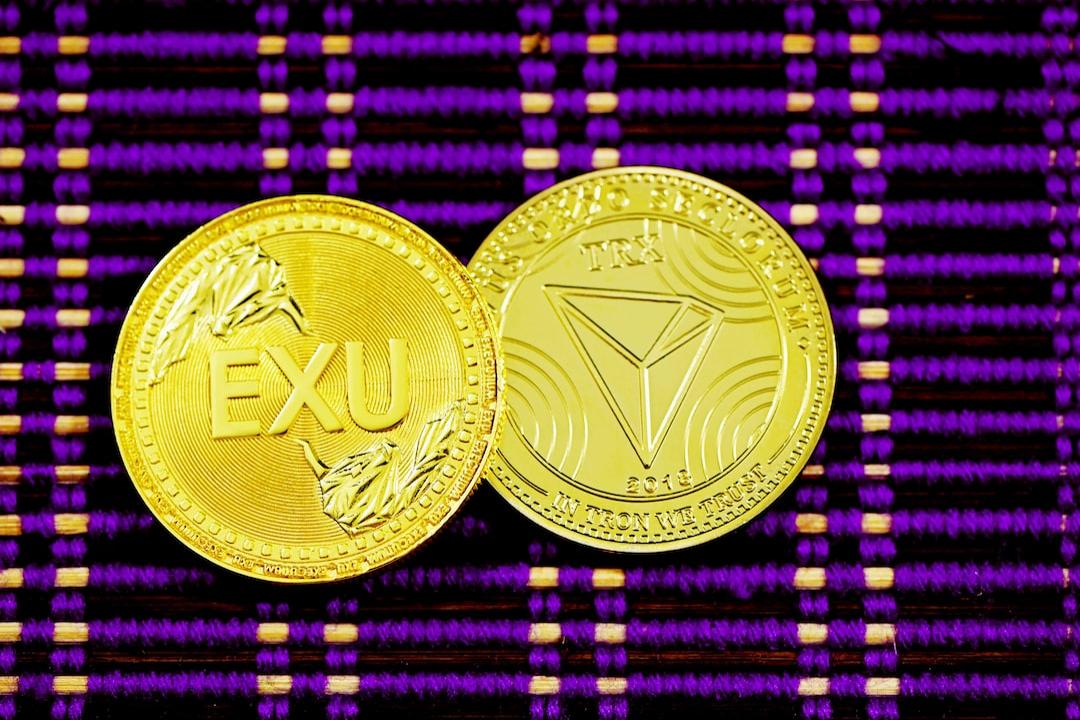The market has been sluggish recently, and with the fading hype of meme coins, the speculative sentiment in the market is gradually cooling. This has led to capital flowing back from high-risk, low-value speculative assets to fields capable of providing stable profits—DeFi being one of them. Can Sonic leverage its advantages to become the next DeFi hotspot? Let’s take a closer look!
(Previous context: Alpha Digging for Gold – Sonic DeFi New Star Rome: Introducing the “Dual Staking Mechanism + Burn Proof” to Create a Sustainable Token Economy)
(Background supplement: Alpha Digging for Gold – Sonic Ecosystem BTC.ETH.USDT Liquidity Mining Strategy, Rings Protocol TVL Surges Fivefold in One Week)
Sonic and FTM Background
Sonic is a high-performance blockchain evolved from Fantom ($FTM). Sonic’s native token, $S, will officially replace $FTM with a 1:1 exchange rate when the mainnet launches at the end of 2024. The core idea behind this evolution is to create Sonic as a Layer1 token with DeFi advantages. The following four points significantly influence on-chain interaction:
- Efficiency and Transaction Fees: Sonic can process up to 10,000 transactions per second (TPS), with transaction fees below $0.01, greatly enhancing the user experience in on-chain interactions.
- EVM Compatibility: Developers can directly migrate Ethereum-compatible smart contracts to the Sonic chain, making it easier to deploy DeFi projects compared to non-EVM blockchains like Solana and Aptos.
- Influential Leadership: Sonic is led by Andre Cronje, known as the “father of DeFi.”
- Stable Increase in Total Locked Value (TVL): According to DeFiLlama, Sonic’s TVL was only 26 million at the beginning of 2025. As of writing, it has surged to 653 million, growing over 25 times in just three months, showing investor confidence in Sonic DeFi.
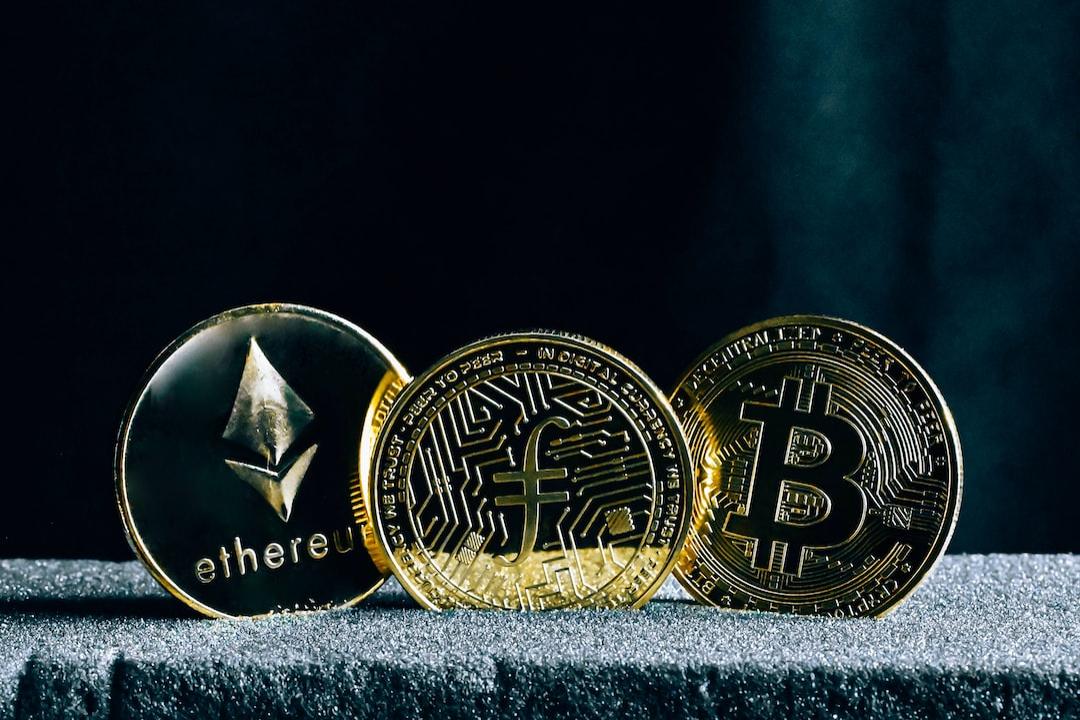
Sonic Chain’s DeFi Ecosystem
Decentralized Exchange (DEX) – Shadow Exchange
Shadow Exchange has become the leading DEX on Sonic for the following reasons:
- x(3,3) Incentive Model: Shadow modifies the original ve(3,3) model of FTM, allowing users to exit liquidity early without needing to lock funds for long periods.
- Platform Token: $Shadow is launched as a platform reward, which can be exchanged for $xShadow staking tokens. $xShadow can be used to earn protocol fees and voting incentives.
- TVL Surge: The total TVL of Shadow Exchange has reached 59 million, which, although currently in a decline, has grown three times compared to the previous month.

Currently, liquidity pools (LP) on Shadow Exchange offer significant annual returns. For example, the LP pool consisting of Sonic’s native token $S and the stablecoin $USDC offers an estimated annualized return of up to 327%, even with the most conservative LP configuration, as shown in the chart below.

Decentralized Lending Platform – Eggs Finance
Eggs Finance allows users to deposit $S into a smart contract and mint $Eggs as collateral tokens. However, minting requires a 2.5% fee. After minting, users can borrow up to 99% of the value of their $S, providing a loan-to-value ratio of 99%.
The loan period ranges from 1 day to 365 days, with interest calculated linearly, and the base interest rate is 0.05%. It is important to note that if the loan defaults, the collateralized $Eggs will be burned.
GameFi – Petroleum Finance
Petroleum Finance is a 3D world-themed GameFi where players purchase land and refining devices to produce crude oil (COIL), which is then refined into tradeable oil (OIL).
Notably, Petroleum Finance has airdropped 25 $COIL tokens to specific NFT holders within the Sonic ecosystem (Derp and Goggles) as early community incentives.
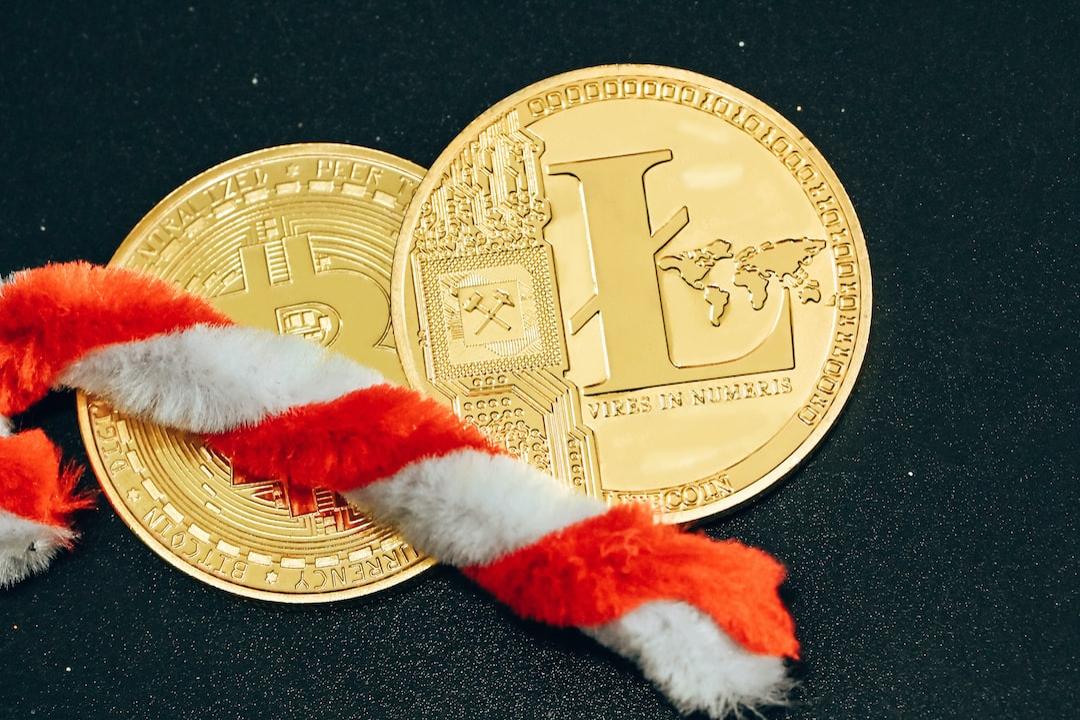
Sonic Token Economics
$S is derived from $FTM with a 1:1 conversion, and therefore the token distribution follows the FTM token’s TGE. The following chart shows the token distribution for Fantom, with the total supply during the Sonic upgrade being approximately 3.18 billion tokens.
- User Rewards and Airdrops: 32.75%
- Founders and Team: 25.49%
- Investors: 41.76%
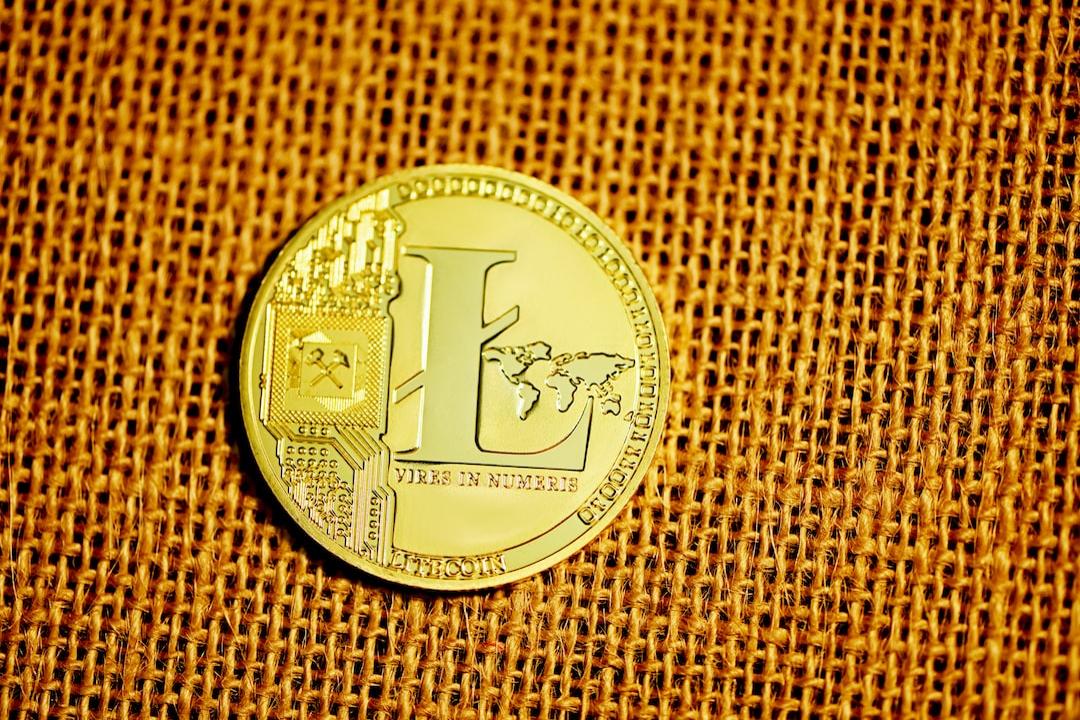
Upon the mainnet launch, the total supply of $S will be 3.175 billion, but the official team has stated they will mint an additional 6% (approximately 190 million) tokens for airdrop incentives. The goal is to expand the usage of Sonic and attract investors to engage in DeFi activities on the platform. Details on how to participate in the airdrop will be explained later.
Sonic Airdrop and Burn Mechanisms
Many investors may be concerned that the additional minting of $S could negatively affect its long-term price. To address this, Sonic has introduced the following three burn mechanisms to prevent excessive token inflation:
- Airdrop Elastic Burn Mechanism: The 6% airdrop rewards will be unlocked on a linear decay basis. Notably, Sonic allows users to claim their airdrop rewards early, but the earlier they claim, the fewer rewards they will receive. Unclaimed rewards will be permanently burned. The following chart shows the linear burn schedule for Sonic’s airdrops, with the x-axis representing time and the y-axis representing the percentage burned.
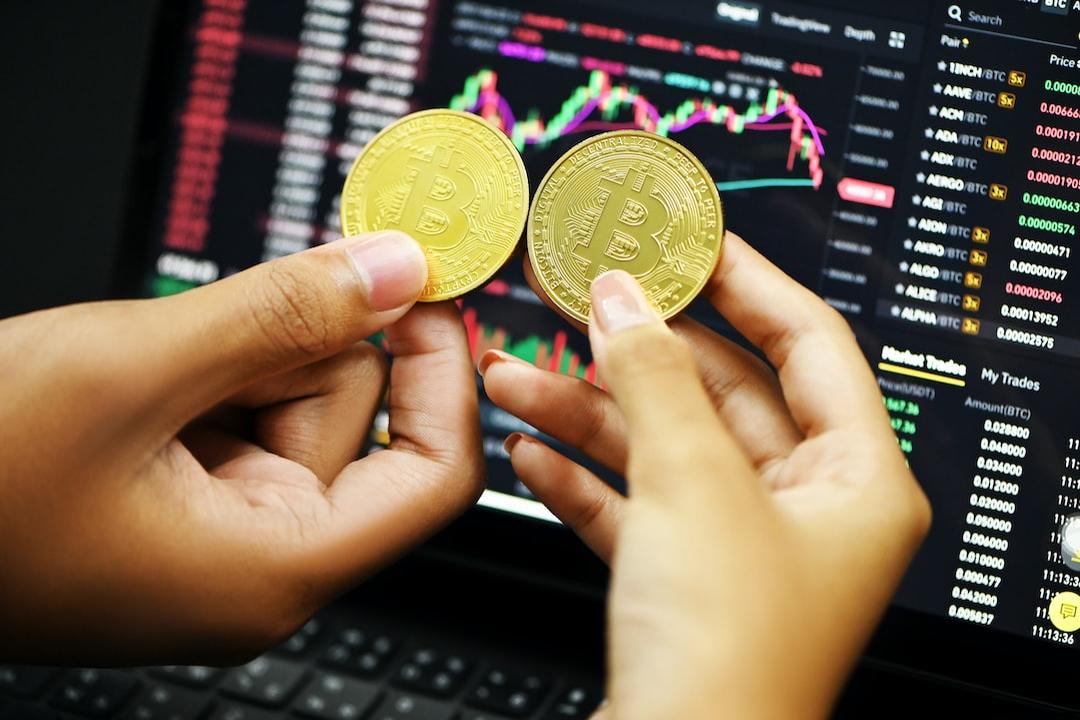
For example, if I receive 1000 $S airdrop rewards and the official team agrees to allow each user to claim 25% (250 tokens) when the airdrop is announced, there will be 750 $S tokens left to unlock. If, after 90 days, I am not optimistic about $S and want to claim and sell the airdrop, as per the chart, I will be able to claim about 1/3 of the tokens (250 tokens), and the remaining 500 tokens will be permanently burned.
This mechanism is different from traditional airdrops (such as $ARB), as it allows for more flexible usage of airdrop rewards and effectively reduces the circulating supply of $S.
Fee Monetization
Inspired by the Web2 advertising revenue model promoted by platforms like YouTube, Sonic has introduced a monetization mechanism to incentivize developers to build on the Sonic blockchain:
- Non-Monetized Applications: For transactions in non-monetized applications, 50% of the gas fee will be burned, and the remaining amount will be allocated to the ecosystem vault and validators.
- Monetized Applications: For transactions in monetized applications, up to 90% of the gas fee will be paid to the application developers, with the remaining amount going to the validators.
Burning of Unused Tokens
To ensure that newly minted airdrop rewards are used for ecosystem development, any unused tokens from the year will be directly burned, rather than being stored in the treasury. This will effectively prevent inflation.
Sonic Airdrop Participation
Sonic airdrop points are accumulated through Sonic Points. The airdrop activity is expected to continue until June 2025. Investors can earn Sonic Points mainly through the following two methods:
- Passive Points – Holding Assets: Users can earn passive points by directly holding the following assets in decentralized wallets (e.g., MetaMask). The whitelist assets are as follows:

Note that WETH, scUSD, scETH, scBTC, LBTC, SolvBTC, and SolvBTC.BBN can only earn activity points, not passive points. The whitelist assets may also change at any time, and further details can be found in Sonic’s official documentation.
- Activity Points – Deploying Assets in DApps: By deploying the whitelist assets mentioned above as liquidity in DApps, users can earn activity points, which offer 2x the points compared to holding assets. Users can view which DApps offer points in the DApp list.
For example, participating in the Shadow Exchange S/USDC.e liquidity pool will earn 9x the points.
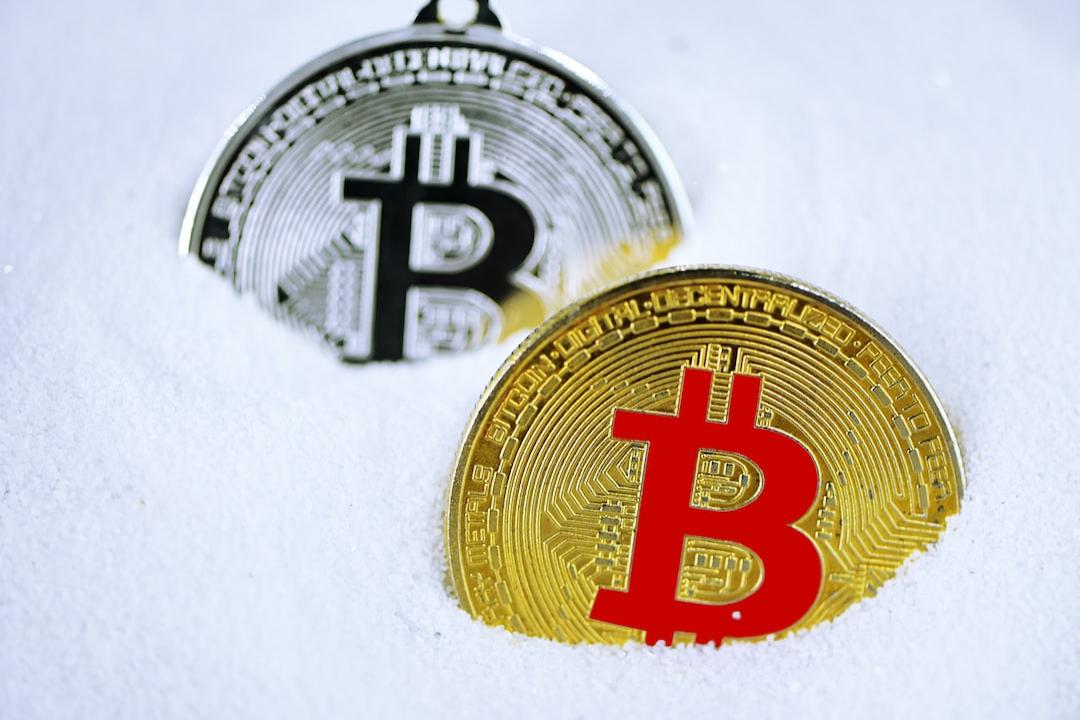
Sonic Points Center
Users can check their accumulated airdrop points and rankings at the Sonic Points Center, which also provides a simple interface to help users acquire whitelist assets.
Sonic vs Other EVM-Compatible Blockchains
This article compares Sonic with other EVM-compatible blockchains like Avalanche and BeraChain. Let’s briefly introduce these two blockchains:
- BeraChain (Bera): A rising star, BeraChain is an EVM-compatible Layer1 chain that launched its mainnet in February 2025. It features a liquidity consensus (PoL) and is seen as a high-potential chain for DeFi development, though its mainnet has been live for less than six months and still requires time to prove itself.
- Avalanche (AVAX): Known for its stable revenue model, Avalanche C-Chain uses the Snowman consensus to offer a highly efficient scaling solution. Avalanche’s DeFi ecosystem is mature and stable, though it lacks large-scale airdrop programs and mainly relies on staking rewards and ecosystem returns to attract long-term holders.

App Revenue Comparison
App Revenue reflects the income generated by decentralized applications (DApps) within a blockchain ecosystem. It usually indicates the level of activity in the ecosystem but does not directly represent the blockchain’s revenue. Since BeraChain’s mainnet launched in February, we use that month as the starting point for comparison, observing weekly data sourced from DeFiLlama.
- Sonic: The peak weekly income was $3.1 million, with multiple instances of weekly income exceeding $1 million.
- BeraChain: The peak weekly income was $502,000, with an average above $100,000.
- AVAX: The peak weekly income was $1.32 million, with an average above $300,000.

Since February, Sonic has demonstrated a strong DeFi ecosystem through its App Revenue. Even though its TVL still lags behind Bera and Avax, Sonic’s high revenue highlights its unique advantage of efficiency and low costs, showcasing the ecosystem’s high level of activity. However, future performance will depend on whether Sonic can maintain such high revenues after airdrop expectations subside.
P/S Ratio Comparison
The Price-to-Sales (P/S) ratio helps measure a blockchain’s market value relative to the income generated by its ecosystem. A high P/S value may indicate overvaluation, while a low value suggests potential undervaluation. Given that BeraChain is a newer blockchain with many tokens still locked, we will use circulating market capitalization for this comparison.
- Sonic: As of writing, the market cap of $S is approximately 1.29 billion, with App Revenue of about $145,630 in the past 24 hours, leading to a rough P/S ratio of 24.
- Bera: The market cap of $Bera is approximately 659 million, with App Revenue of about $26,467 in the past 24 hours, leading to a rough P/S ratio of 68.
- AVAX: The market cap of $AVAX is approximately 7.8 billion, with App Revenue of about $110,805 in the past 24 hours, leading to a rough P/S ratio of 193.
It is evident that Sonic’s P/S ratio is considerably lower than that of AVAX and slightly lower than Bera, suggesting that Sonic may be undervalued despite generating more revenue through DApps. For investors seeking high returns and undervalued opportunities, this could be a potential observation point.
Fantom and Sonic Development Roadmap
Before evolving into Sonic, Fantom had achieved the following milestones:
- 2023 Q1–Q2: Gas reforms and DApp ecosystem expansion toolkit.
- 2023 Q3: Fantom Virtual Machine (FVM) testing, now postponed to Sonic development.
- 2023 Q4–2024 Q1: Storage mechanism upgrades and ecosystem integration (already implemented in Sonic).
- 2024 Q4: Fantom officially evolves into the Sonic blockchain.
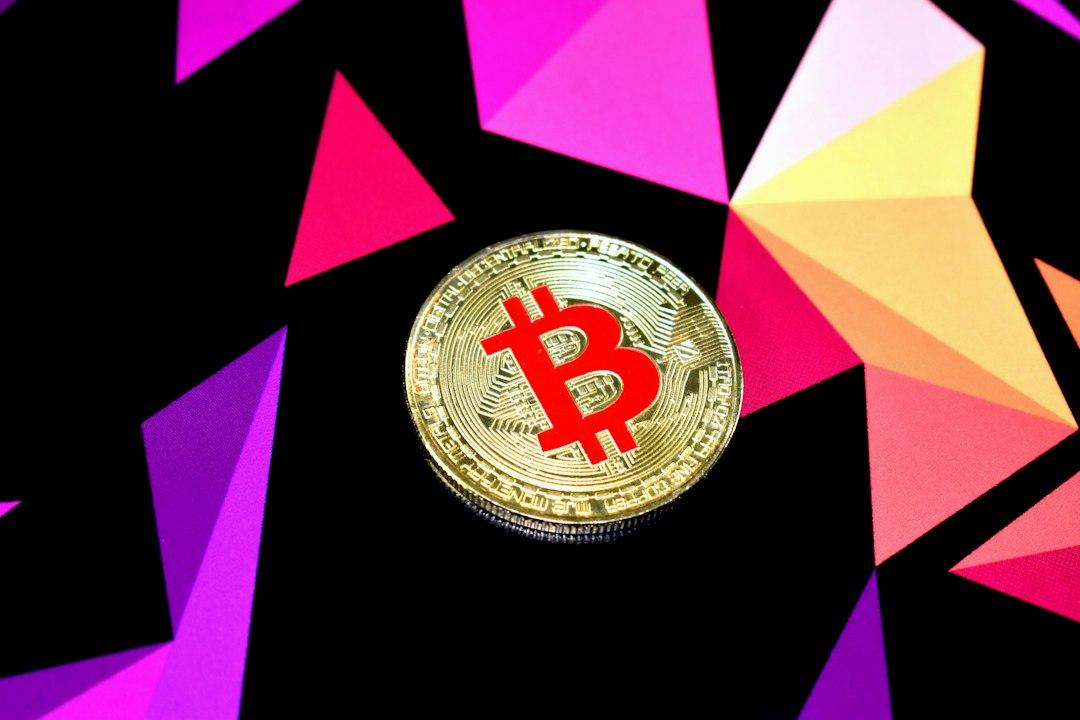
As of now, Sonic has not yet announced updates on its roadmap, but based on the available information, the development stages might look like:
- 2025 Q1: Ecosystem development stage, attracting investors through airdrop expectations, gradually growing.
- 2025 Q2: Distributing airdrops as incentives and verifying whether the airdrop mechanism attracts more investors.
Conclusion
As a Layer1 blockchain evolved from Fantom, Sonic has laid a solid foundation for its DeFi ecosystem with its high 10,000 TPS processing efficiency, low transaction fees, and EVM compatibility. For investors interested in airdrops, participating in the Sonic ecosystem not only allows for DeFi earnings but also the accumulation of points for airdrop rewards. However, it is essential to note that Sonic is an emerging blockchain post-evolution, and its technology and market performance still need validation. Investors should carefully assess the risks of daily use.
This report is for informational purposes only and does not constitute investment advice. The data, analysis, and views referenced are based on the author’s research and publicly available sources, which may be subject to uncertainty or change. Readers should make investment decisions based on their circumstances and risk tolerance. For further guidance, it is recommended to consult with a professional advisor.
